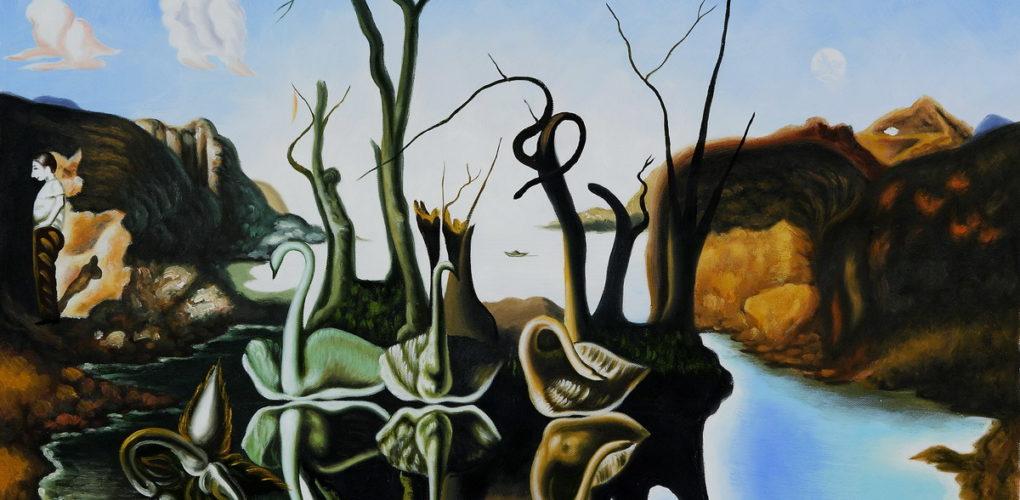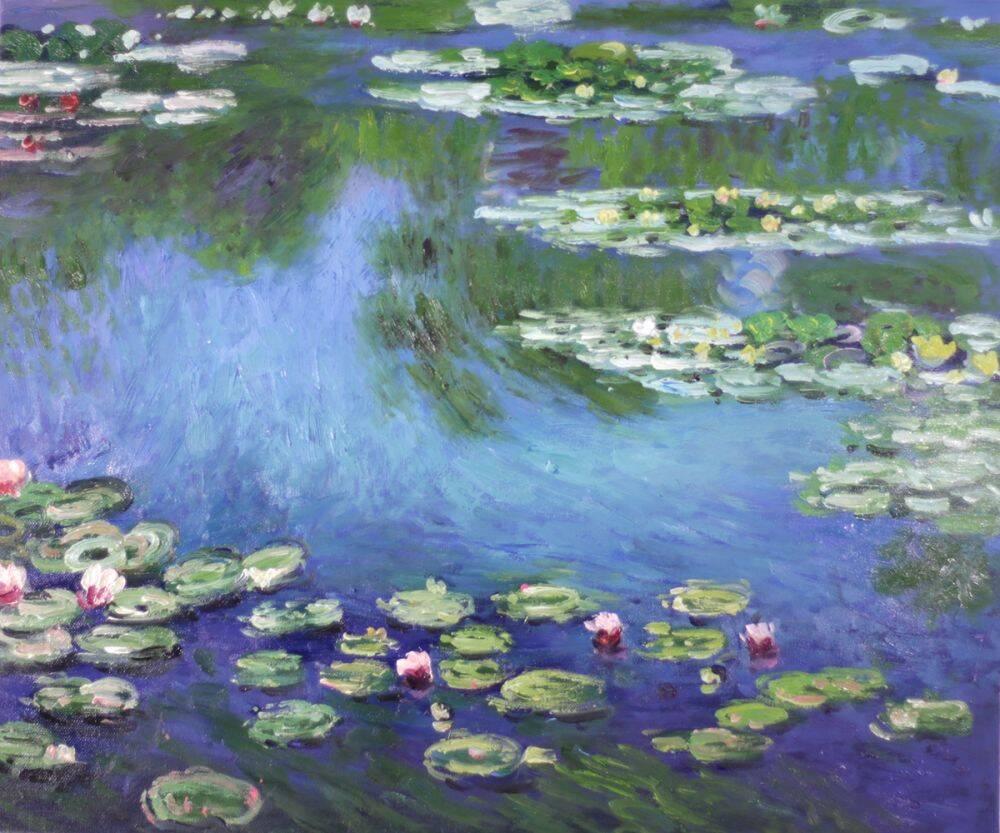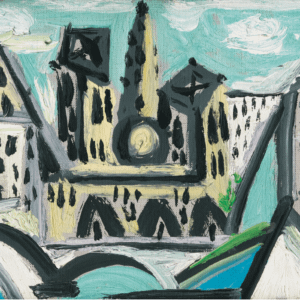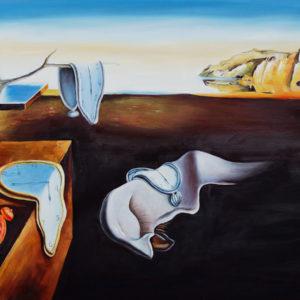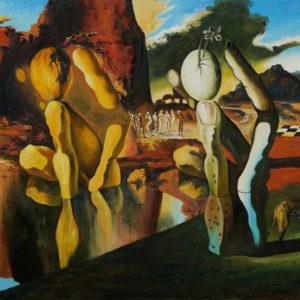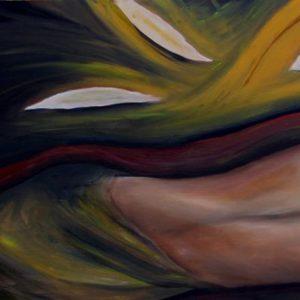Art & Decor Trends
Art Reflections
Dali and the Ugly Duckling
Looking at Salvador Dali’s Swans Reflecting Elephants I was stricken by a sudden epiphany. Who was it that first said that swans were beautiful? We all know they are one of the symbols of grace, purity, and beauty but how often do we actually stop to look at them with a critical eye? Ungainly boat-shaped bodies, disproportionately long, snake-like necks, and a waddling gait – are these the attributes of a perfect being, a paragon of physical virtue? In what way does the miraculous transfiguration of Hans Christian Andersen’s infamous “Ugly” Duckling into the feathered equivalent of a snake in a boat constitute a good end? Of course Andersen never was too fond of happy endings…
It was this train of thought that led me to see this famous fairytale in a new light, and realize the superficial nature of the life-affirming end we have all been told by our parents. But have they told us the truth?
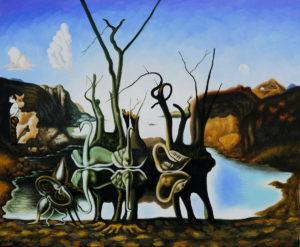 What if we look at the Ugly Duckling not as a positive symbol of the transformative power hidden within all of us, but as a profoundly disturbed individual with an agonizing inferiority complex? This complex stems in part from social rejection, in part from his own over-analytic nature. He does not see himself as the adorable, fluffy creature he is and lacks the lighthearted self-acceptance of childhood. Constantly judging and reassessing himself, he willingly accepts the taunts and jeers that are thrown his way. Perhaps he spends too much time looking at his own reflection – a futile exercise that has already brought about the demise of a menagerie of mythological figures.
What if we look at the Ugly Duckling not as a positive symbol of the transformative power hidden within all of us, but as a profoundly disturbed individual with an agonizing inferiority complex? This complex stems in part from social rejection, in part from his own over-analytic nature. He does not see himself as the adorable, fluffy creature he is and lacks the lighthearted self-acceptance of childhood. Constantly judging and reassessing himself, he willingly accepts the taunts and jeers that are thrown his way. Perhaps he spends too much time looking at his own reflection – a futile exercise that has already brought about the demise of a menagerie of mythological figures.
Self-conscious to the point of obsessiveness, he dreams of only one thing – transformation. The glowing vision of a better self haunts his dreams and strengthens his belief in his own hideousness. He is not a misfit, he is a monster, shunned and loathed by all, even her whom he considers his mother. Seasons pass, and he gradually begins to change. Wearied by his own self-loathing, he hides from himself and is not aware of the alteration at first. But then the revelation comes. Gliding along the glossy surface of a sunlight lake, he takes a deep breath and looks down. But what does the despondent, unsatisfied perfectionist really see in this inverted image? Is it the radiant embodiment of exquisite elegance? No – it is an elephant, a twisted, surrealist inversion of his glamorous fantasies. The stricken idealist stares in horror at the image projected by his distorted imagination. There is no hope then. The world has betrayed his impossible standards, it has proved incapable of producing perfection. Then, like a mocking parody of Narcissus, he plunges into his own reflection and gives up his tormented soul to the dark, swirling waters of the lake.
